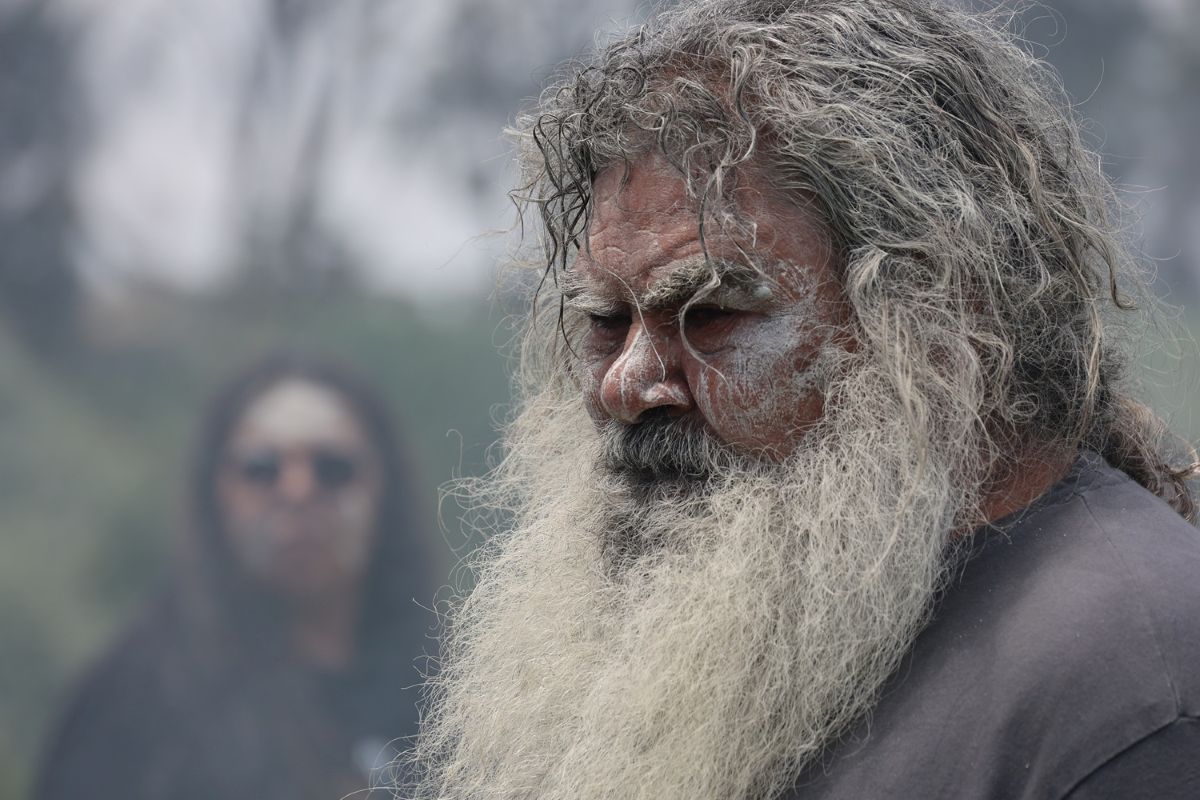
The fourth and final burial mound at Kaurna’s Wangayarta is being prepared for the next Kaurna reburial ceremony.
On Tuesday October 21, the Kaurna community will come together for the fourth time at Wangayarta for the reburial Kaurna ancestors repatriated from the South Australian Museum, University of Adelaide, Aboriginal Affairs and Reconciliation and Edinburgh University.
As one of the four reburial mounds at Wangayarta, the southern mound was created for the reburial of Kaurna ancestors from thesouthern parts of Kaurna Country.
Repatriated Kaurna ancestors from the northern, western and eastern parts of Kaurna Country have already been reburied by the community at Wangayarta, in three emotional ceremonies held since December2021.
Wangayarta is located within Adelaide Cemeteries’ Smithfield Memorial Park in Evanston South, and is the dedicated last resting place for repatriated Kaurna ancestors, many of which were collected by museums and universities last century. It is a place of rest for Kaurna ancestors, of healing for Kaurna community members, and reflection for the broader non-Aboriginal community.
Wangayarta is the result of the advocacy and actions of Kaurna leaders who recognised that while the repatriated Kaurna ancestors can never be returned to their original places of burial, they can belaid on Kaurna Country, in a place designed by the Kaurna community and where Kaurna people will care for them, forever.
Wangayarta is a sacred site where ancestors are honored, histories acknowledged and future generations can learn about the strength and resilience of the Kaurna people.
Wangayarta is a collaboration between Kaurna Yerta Aboriginal Corporation RNTBC (KYAC), South Australian Museum, Adelaide Cemeteries and the South Australian Government. By working together, Wangayarta has become a place of education, understanding and healing.
This is the last scheduled reburial at Wangayarta, but more could occur if Kaurna ancestors are located and repatriated from other cultural institutions in future.
More information about the Kaurna’s repatriations can be found on our Aboriginal Heritage and Repatriation page.
Comments attributable by KYAC Chair Mitzi Nam
I’d like to acknowledge the pastChairs and Directors of KYAC, the South Australian Museum, and everyone whohelped make Wangayarta possible.
We have now reburied Ancestors fromthe north, south, east and west of Kaurna Yerta – but this will not be the last reburial. There are still Ancestors here and overseas who must be brought home and laid to rest.
We are deeply relieved that our Old People’s spirits can now reunite and rest peacefully.
Comments attributable to AboriginalAffairs Minister Kyam Maher
This is a significant moment for the Kaurna community as their ancestors are finally laid to rest on Country.
Wangayarta stands as a powerful testament to Kaurna strength, leadership and enduring connection to their land.
I’d like to pay tribute to KYAC and the Kaurna community who have helped make Wangayarta possible.
Comments attributable to Arts Minister Andrea Michaels
The return of Kaurna ancestors to Wangayarta is an important moment of healing for our First Nations community and reflects the deep respect the Malinauskas Government has for Kaurna culture.
Wangayarta is not only a resting place, but a place of remembrance, legacy and reflection for all South Australians ensuring future generations understand and honour this history.
Comments attributable to South Australian Museum Aboriginal Heritage and Repatriation Manager Anna Russo
Wangayarta is an ever lasting legacy created by the Kaurna People who resolved that their ancestors’ stories of being disturbed from their traditional burial sites last century and heartlessly sent to the Adelaide Museum, University and other institutions, should not be reburied with them.
Today, the South Australian Museum takes responsibility for the hurt caused by our historical attitudes, and we have worked together with Kaurna to change our ways and heal our relationships.
Wangayarta embodies this journey and we respect Kaurna’s cultural authority, leadership and generosity in sharing this painful story.